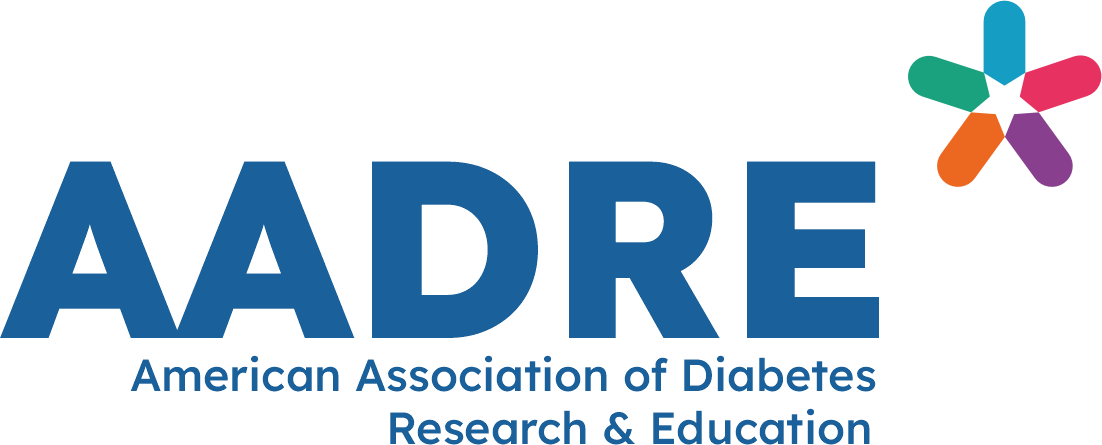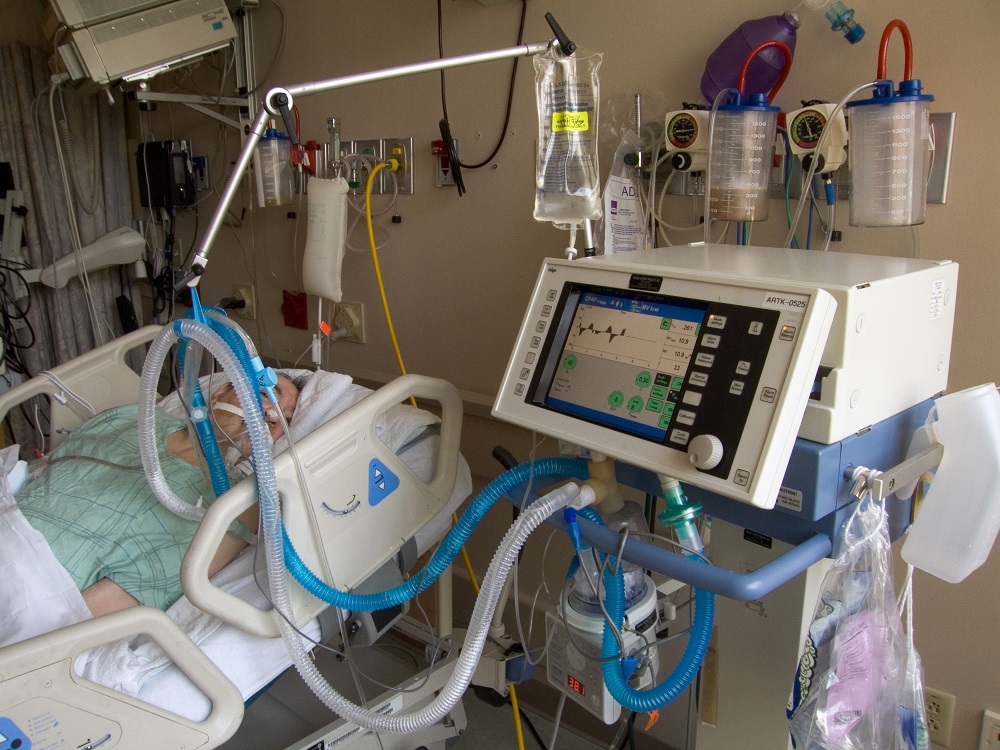Stroke is one of the leading causes of death in the United States, with over 795,000 cases yearly. In particular, ischemic strokes have the highest prevalence, constituting 87% of all stroke cases.1
Early administration of tissue plasminogen activator (tPA) has proven to limit the risk for damage and functional impairment in patients with acute ischemic stroke.2-4 However, one of the most significant barriers to successful stroke management is administering tPA within the recommended window of 3 hours.5
The first mobile stroke unit (MSU) in the US was implemented in 2015 and allowed for earlier tPA administration, leading to significant improvements in functional outcomes for patients with stroke.
Recent pivotal studies, Berlin PRehospital Or Usual Delivery in Stroke Care (B_PROUD; ClinicalTrials.gov Identifier: NCT02869386) and Benefits of Stroke Treatment Delivered by a Mobile Stroke Unit Compared with Standard Management by Emergency Medical Services (BEST-MSU; ClinicalTrials.gov Identifier: NCT02190500), showed significant improvements in 90-day disability scores for patients with acute stroke treated on an MSU compared with emergency medical service (EMS) management in both Germany and the US. The B_PROUD study also showed that the median time from dispatch to initiation of thrombolysis for patients treated with an MSU was 20 minutes shorter than with conventional ambulances. 6,7
While early studies show promising results for patients treated with MSUs, there are significant barriers to implementing and standardizing these services in the US. Many MSUs have not fully integrated into the existing EMS systems, making it difficult to streamline treatment processes. Additionally, most MSUs operate in densely populated cities. Research has suggested several methods for adapting these services to nonurban settings, such as air ambulances and various transport strategies, but further studies are necessary to prove these concepts.8,9
As a relatively new addition to EMS, MSUs do not have national clinical guidelines for standardized care. There is a call to action for guideline committees, medical societies, and stroke leadership to update the level of evidence of MSUs to reflect more recent efficacy trials. Another step for MSU expansion is for regulatory bodies to establish a process to accredit MSU programs using standardized quality measures.8
Additionally, MSUs face issues receiving reimbursements from insurance.8 The lack of reimbursements for MSUs in the US increased reliance on grants to support program costs and has limited the expansion of this service across the nation.10 The body of data supporting MSU cost-effectiveness is still in its early stages and additional data is necessary to support the need for reimbursement. Recent data shows that MSU cost-effectiveness is due to the reduction in long-term disability costs and that MSUs yield a gain of 0.591 quality-adjusted life years per dispatch.11
To discuss MSU implementation barriers, we spoke with James Grotta, MD, founder of the first MSU in the US and the director of stroke research at the Clinical Institute for Research and Innovation, Memorial Hermann-Texas Medical Center in Houston. We also spoke with Matthew T. Bender, MD, neurosurgeon and assistant professor in the division of stroke and cerebrovascular disease at the University of Rochester Medical Center in Rochester, New York, to gain insight on current barriers for treating acute ischemic strokes.
References:
- Centers for Disease Control and Prevention. Updated October 14, 2022. Accessed February 25, 2023. https://www.cdc.gov/stroke/facts.htm
- Kim JT, Fonarow GC, Smith EE, et al. Treatment with tissue plasminogen activator in the golden hour and the shape of the 4.5-hour time-benefit curve in the national United States get with the guidelines-stroke population. Circulation. Published online January 10, 2017. doi:10.1161/CIRCULATIONAHA.116.023336
- Saver JL, Goyal M, van der Lugt A, et al. Time to treatment with endovascular thrombectomy and outcomes from ischemic stroke: a meta-analysis. JAMA. Published online September 27, 2016. doi:10.1001/jama.2016.13647
- Saver JL, Smith EE, Fonarow GC, et al. The golden hour and acute brain ischemia: presenting features and lytic therapy in over 30,000 patients arriving within 60 minutes of onset. Published June 2, 2010. doi:10.1161/STROKEAHA.110.583815
- Activase (alteplase) [package insert]. Genentech, Inc; Accessed February 20, 2023. https://www.accessdata.fda.gov/drugsatfda_docs/label/2015/103172s5203lbl.pdf
- Ebinger M, Siegerink B, Kunz A, et al. Association between dispatch of mobile stroke units and functional outcomes among patients with acute ischemic stroke in Berlin. JAMA. Published online February 2, 2021. doi:10.1001/jama.2020.26345
- Grotta JC, Yamal JM, Parker SA, et al. Prospective, multicenter, controlled trial of mobile stroke units. N Engl J Med. Published online September 9, 2021. doi:10.1056/NEJMoa2103879
- Navi BB, Audebert HJ, Alexandrov AW, Cadilhac DA, Grotta JC. Mobile stroke units: evidence, gaps, and next steps. Stroke. Published online March 25, 2022. doi:10.1161/STROKEAHA.121.037376.
- Mathur S, Walter S, Grunwald IQ, Helwig SA, Lesmeister M, Fassbender F. Improving prehospital stroke services in rural and underserved settings with mobile stroke units. Front Neurol. Published March 1, 2019. doi: 10.3389/fneur.2019.00159.
- Reichenbach K, Mathiesen C, Thomas L, Hilger M, Grotta JC and Alexandrov AW. Abstract MP19: reimbursement of mobile stroke units in the United States: a survey by the prehospital stroke treatment organization (PRESTO). Stroke. Published online March 11, 2021. doi.org/10.1161/str.52.suppl_1.MP19
- Rink JS, Froelich MF, Nour M, et al. Lifetime economic potential of mobile stroke units in acute stroke care: a model-based analysis of the drivers of cost-effectiveness. J Telemed Telecare. Published online December 9, 2022. doi:10.1177/1357633X221140951

